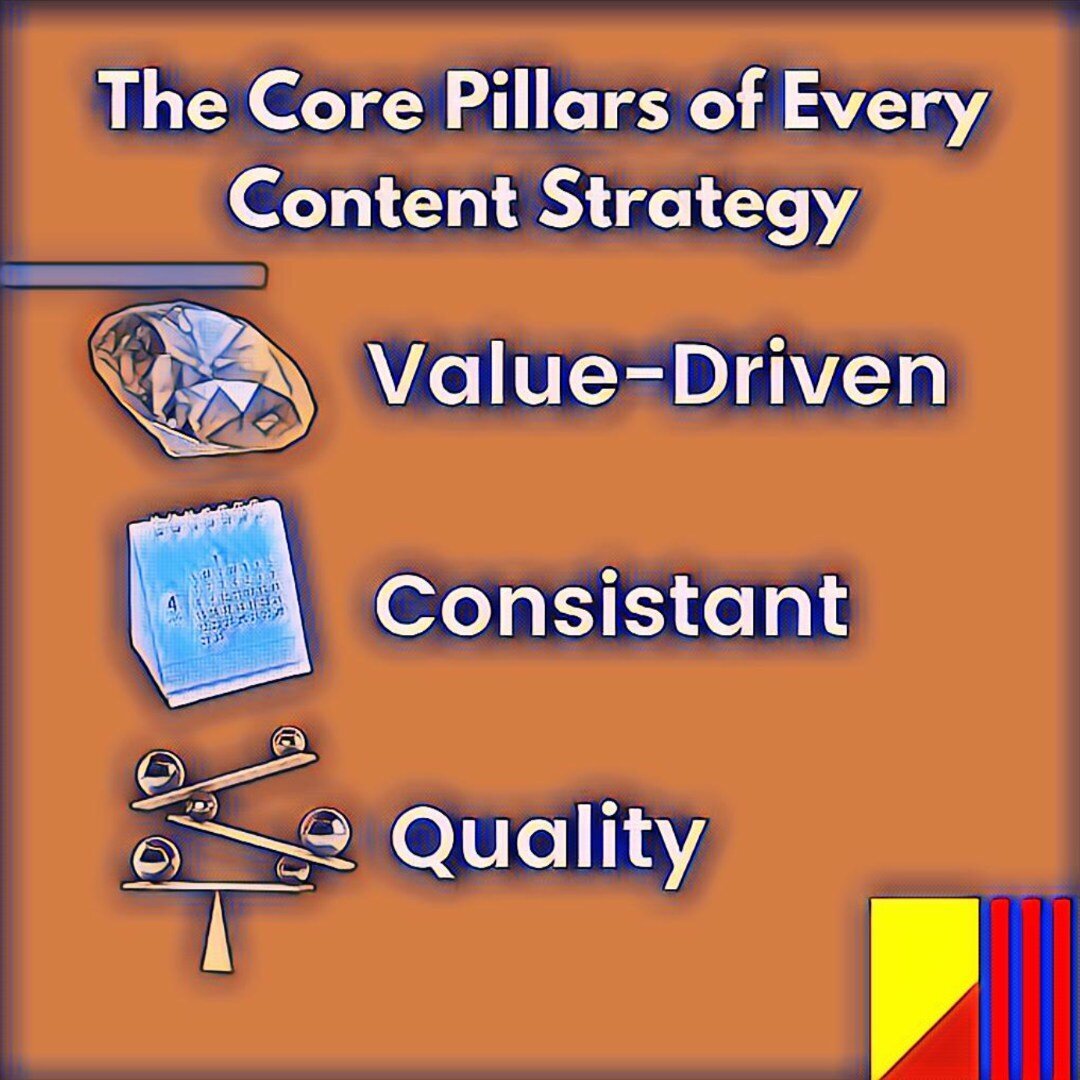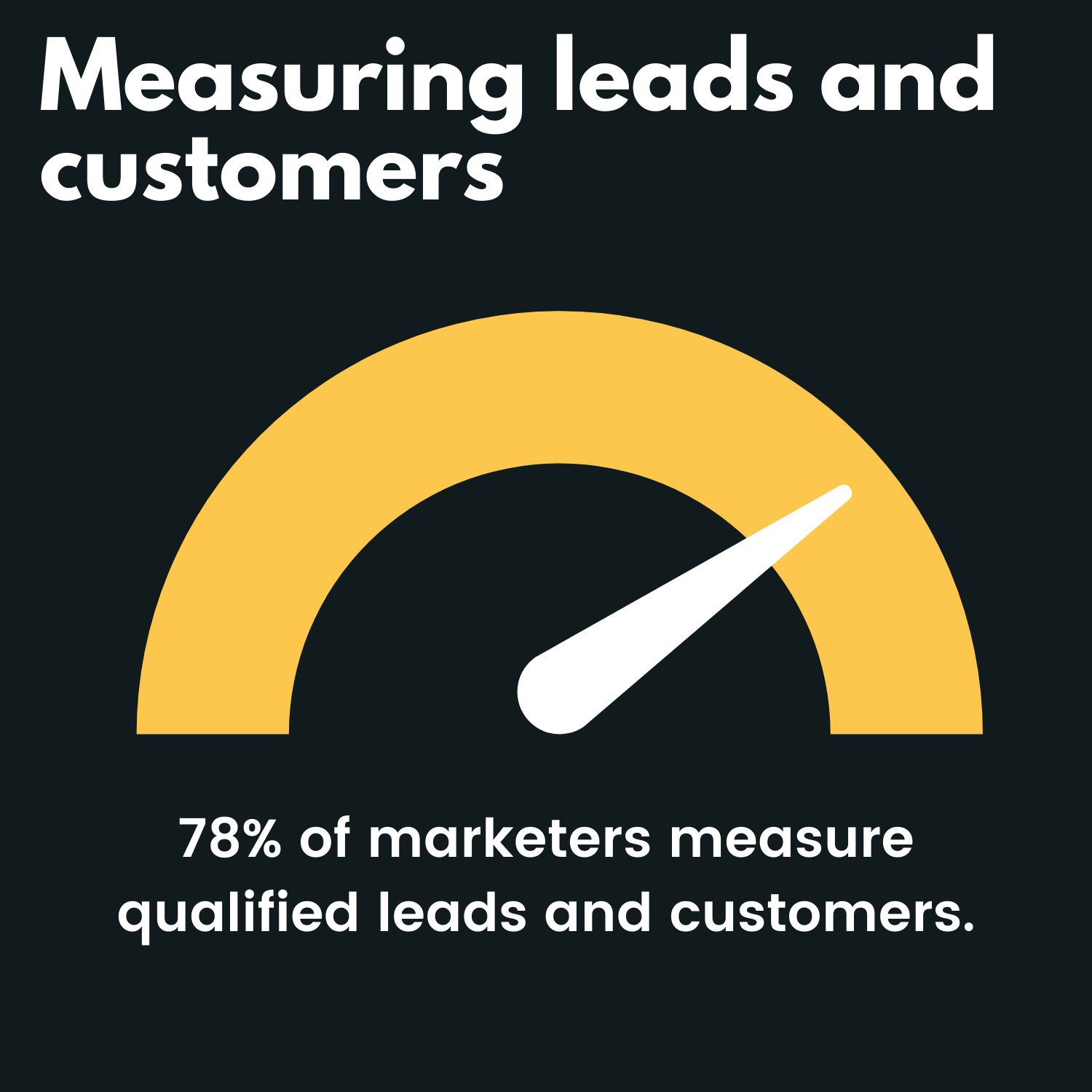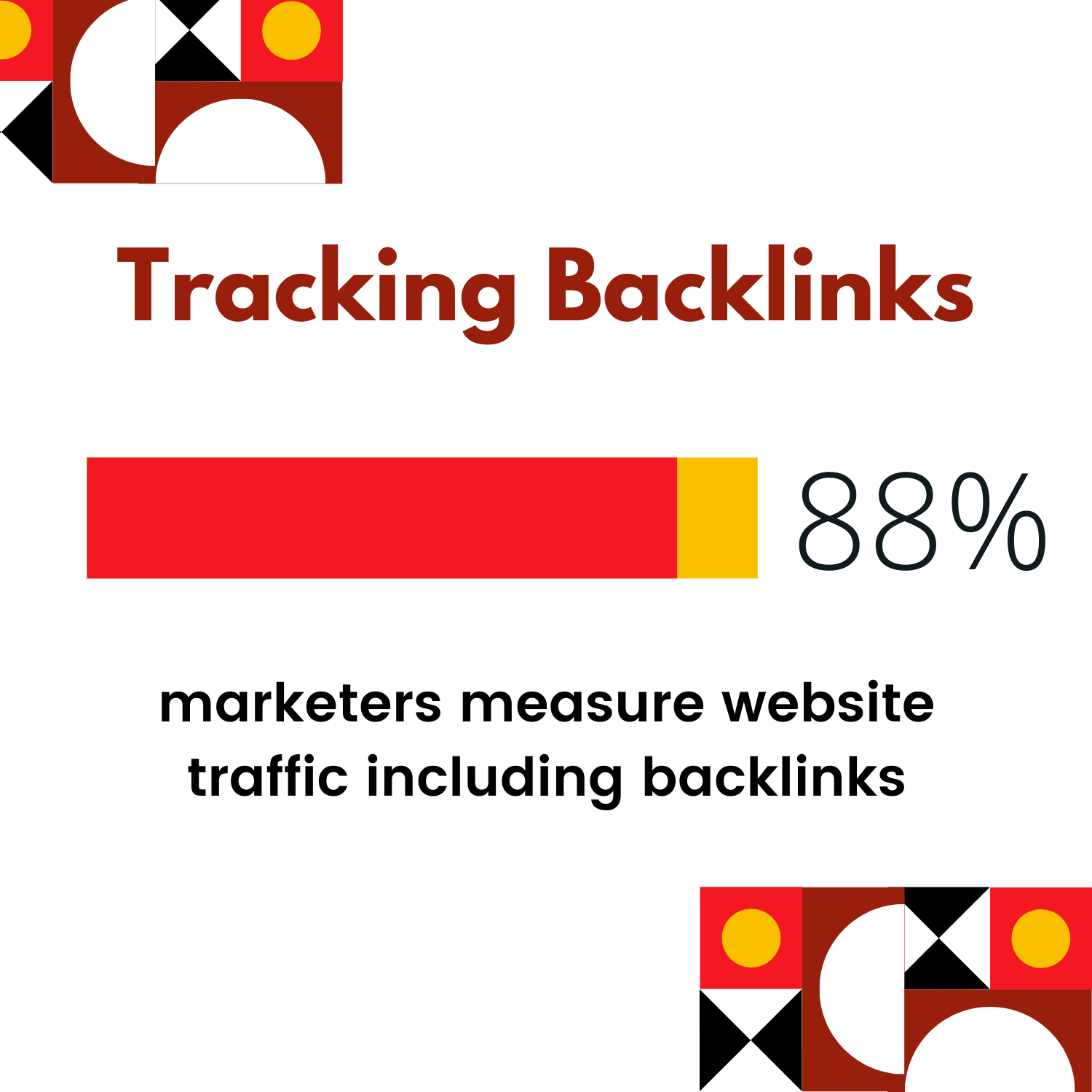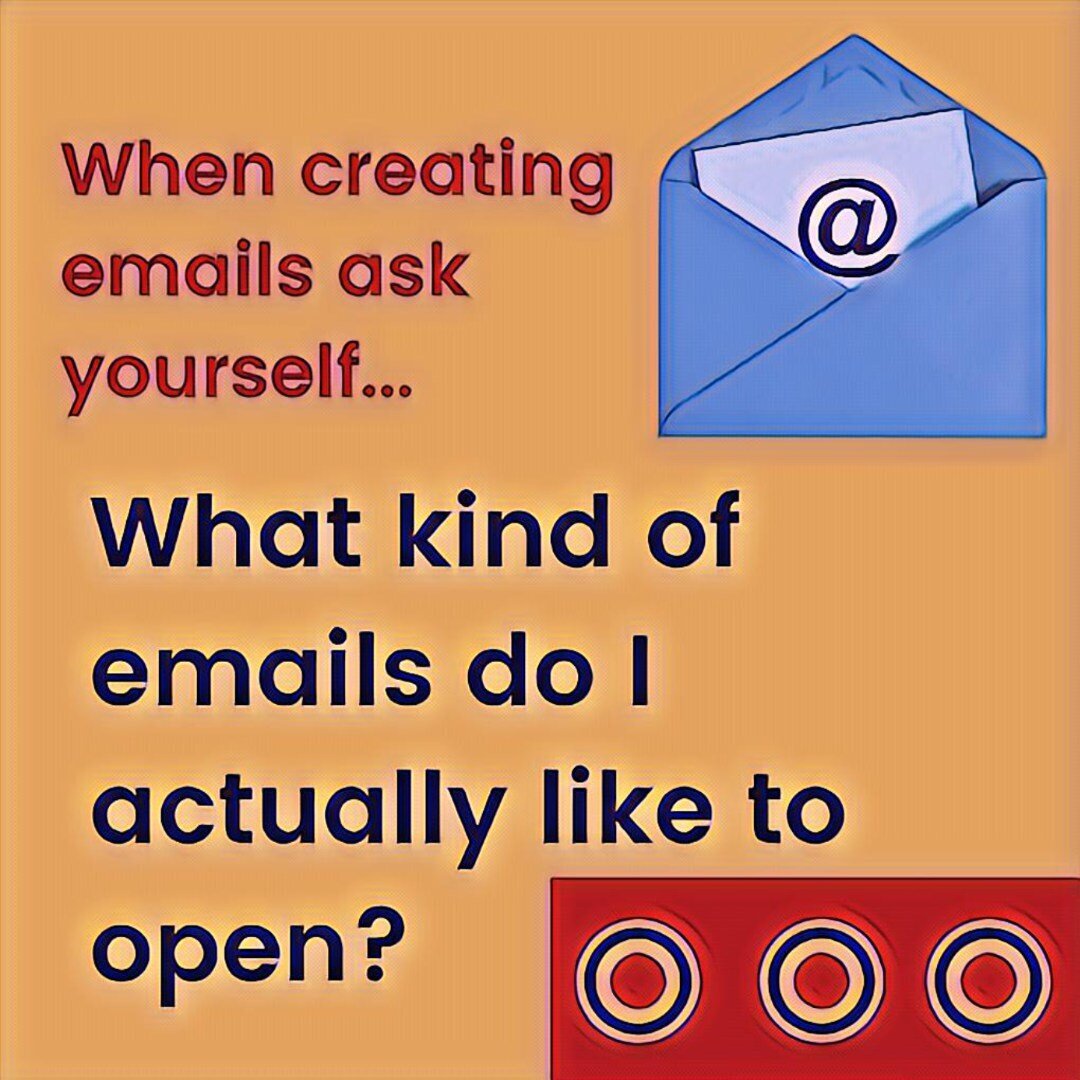Content Marketing Strategy: The 3-Step Process To Creating A Measurable Digital Marketing Strategy
To create a content marketing strategy you need to know the difference between interruption marketing and content marketing.
Interruption marketing tries to get in your way and catch your attention. Think TV commercials and billboards. This is the part of the marketing industry that most people avoid if possible. It worked for a long time, but it's on its way out.
Content marketing attempts to offer value-driven content (text, audio, video) in order to first build brand awareness and trust. Afterward, the content marketer educates people on their product or service.
Which marketer are you?
How having a strategy advances your content marketing career
Content marketing is a great career because it can both be measured and displayed.
You can tell if your website has more traffic than last week. You know if people watched your latest video. You can send a link to your latest podcast.
It's much harder to measure sales from billboards and magazine ads.
Being able to prove your marketing efforts with data gives you tons of influence in the world. If you can show that your content marketing strategy can make money, you suddenly hold a lot of power.
Content marketing is the show-me medium.
What YouTube videos have you created?
Can I see some examples of your web designs?
How many followers did you gain last year from your social media campaign?
The content marketer has answers to all of these questions, and the more of these types of questions you can answer with proof, the more you will advance your career.
What are the steps to creating a content marketing strategy?
There are three things you need to advance your career in any marketing role. Conquer these and any business that appreciates money will be glad to hire you. You need a strategy and you need proof.
Only 43% of B2B marketers have a “documented” content marketing strategy, and 36% of B2B marketers say they have a content marketing strategy but have not documented it.
On the measurement side, 80% of content marketers state they use metrics to measure content performance. source
1. Have a documented content strategy statement that you can explain to a child
There are tons of different strategies marketing managers can use in content marketing to gain an audience and sell a product or service.
To make things simple, every marketing strategy should have the following elements.
Value: If your content doesn't make somebody's life better they won't watch, read, or listen. How does your content help someone survive in this world? This can't be behind a paywall either. A true content marketer needs to offer at least some value free of charge.
Consistency: This means you have to offer value on a regular basis. This changes depending on the type of content you produce. A book can be written once every year or two, but a blog must be written much more often.
Quality: This is how you create your content. If you are speaking the golden truth every day on your YouTube channel but the camera is shaky and the volume is choppy people will not keep watching.
When you put these three things together, you create a simple and clear way for people to build trust enough to buy from you. If you show someone how to tell a joke, they will eventually learn about the online comedy classes you offer.
2. Choose your content mediums
All strategies will involve at least one of the 5 mediums below but the best content strategies will use all of these in some form or fashion.
Blogging: Create educational or entertaining content in written form, like this post. Usually, blog posts are centered around solving some sort of problem that is in the orbit of the product or service you offer. Blogs are ideal to build up your company's website SEO which makes them a staple of content marketing.
Email: This medium is tough because it is often treated like interruption marketing instead of content marketing. A good rule of thumb is to create 10 value-driven emails for every 1 sales email. Think about the emails you look forward to getting. If you don't have any, then you have a lot of good examples of what not to do.
Social Media: This is the daily pulse that shows that a business or brand is relevant and alive because the content here has a short shelf life. Here you have the opportunity to offer daily communication and value to your audience. Help them stay informed and aware with frequent snippets of helpful tips.
Video and Audio: Think YouTube and podcasts. This is a great way to build evergreen content that can help people who don't have time to read blog posts or emails. Give walkthroughs or tell a story that utilizes the senses. Think about what types of things deserve to be shown or explained in greater detail.
Web Design: If all of your other efforts work people will eventually land on your website, so make sure it's something that communicates what you do and how your product or service works in a clean, clear, and simple way. All your other content is flowers to attract bees, but your website is the apiary (beehouse) that keeps them there.
The content marketing mission statement formula
I'm going to give you a simple content marketing strategy formula right now. Take this to the bank and use it for your business.
Our content marketing strategy at X is to produce quality, value-driven content on a consistent basis using [medium 1], [medium 2], and [medium 3].
Example:
At Billy's soap factory we produce quality, value-driven content on a consistent basis using helpful blog posts, informative emails, fun social media posts, how-to Youtube videos, and simple and clear website design.
Bam! Now you are in the top 43% of content marketers who have a written strategy.
Of course, all this sounds really great, but businesses want to know how this will affect their bottom line. Therefore, it's time to get into the details explaining how you will do this, and how you will know it's successful.
3. Have examples and results from your content strategy on hand.
If you want to work in content marketing it's important to remember that business owners care more about the results your content can bring than the actual content itself. If you cannot validate your strategy with proof then you will never be given the budget or autonomy to create more content.
Sure, having pictures of past web designs is great, but having a chart that shows how your web design increased organic site traffic by 30% and improved domain authority is even better.
59% of the B2B marketers who measure content marketing ROI rate their ability to demonstrate ROI as excellent or very good. source
Content marketers must become nerds of the numbers.
If you are intimidated by numbers, fear not. It doesn't need to be complicated. In fact, understanding your content marketing stats will make things much more simple. You won't have to guess at what is working and what isn't. In the beginning, there will definitely be experimentation, but you learn from each campaign, too.
Here are the numbers that are worth tracking for each type of content medium.
Website Numbers Worth Tracking
Keyword rankings
The first number you need to monitor is the number of keyphrases or keywords that a website ranks for. 51% of marketers measure their websites’ search rankings. source
Two websites sell soap. The website that ranks in Google search results for more soap-related keywords (lavender soap, organic soap, body scrub, etc.) is more likely to have higher traffic.
Now, all keywords or keyphrases have a different amount of search volume and competition.
For example, the keyphrases “pears soap price,” “Palmolive hand wash,” and “lux soap price” have a low amount of average monthly searches and high competition. They are not worth targeting.
On the other hand, "biodegradable soap" has 10,000 monthly searches and low competition.
Bingo.
If I sell biodegradable soap (and isn't all soap biodegradable?) then I have an opportunity for 10,000+ site visitors each month.
A quick way to find out this information is through using an SEO tool like SEMrush, MOZ, Ahrefs, or Spyfu. Here you can just type in your URL or even a competitor's URL and get a complete list of all the keywords you rank for.
Pageviews, conversion rate, leads, and customers
When someone sees your keyword URL on Google leading to your website and clicks it this counts as a page view.
Every time someone buys a product or service after visiting that page it counts as a conversion. The rate or percentage of people that convert after viewing your page is the conversion rate.
Now, sometimes a conversion is getting an email address when someone opts-in for your weekly newsletter or free downloadable guide. This conversion rate measures leads because the person has yet to exchange money for your product or service.
Other times, conversions can be more directly monetized, like when someone buys a shirt from an online store. Here a conversion would count as a customer. 78% of marketers measure qualified leads and customers. source
You define what a conversion is, and it's a good idea to measure all types of conversion to see which types of content are getting the best results. A lead is more likely to become a customer than a stranger, and it's worth looking at the path that browsers take to become customers, too.
Blog Numbers Worth Tracking
Let's be clear. Most people don't visit a blog and then decide to buy a product or service from that website right off. A blog puts you on the radar as an option to solve a problem. It's hard to sell your product or service if people don't know you exist.
However, if your information is truly helpful (Value) and it's done in a well-developed way (Quality) and it's given often enough (Consistency), people might want to make your information part of their daily diet.
But if people aren't usually buying from your blog, what's the point? How do you justify using company resources on creating content that has a low conversion rate?
To begin, you can only have so many pages on your website that talk about your product or service. Even if these pages are amazing they probably will not help you rank for these keywords all by themselves.
You need supporting content that contains similar keywords to help your website rank for your core keywords. Blogs are amazing for this, and here’s why:
Blogs, especially long-form blog content, are keyword content. They can and should be constructed around the topics and keywords that interest your target audience. You can use a tool like Clearscope to ensure that you are using the right primary and secondary keywords for each piece of content.
Blogs are evergreen... sort of. By evergreen, we mean that you can write a blog once and have it work for you for years to come. Sure, you will want to keep its content up-to-date, but it has a much longer shelf life than social media content.
Blogging can increase your domain authority. Every time a site links to the helpful information in your blog, especially a site with a high domain authority itself, you gain a backlink or a link back to you. When you gain enough backlinks, Google begins to view you as an authority for keywords of that content, which is a good thing for search.
88% of marketers measure website traffic including backlinks. source
Tracking domain authority and backlinks for your website
Okay okay, technically this is a website metric, but your blog will do the heavy lifting for these numbers. To find out your website's domain authority you can use the Moz Domain Authority Checker, or use the Moz Bar Chrome extension. Both are free and will tell you your domain authority and how many backlinks you have.
Once you implement your content strategy this is something worth checking every quarter.
Measuring bounce rate and time on page
Bounce rate is the rate at which people click on your blog or website's page but do not click onto any other page on your website from there. 86% of marketers measure website engagement including bounce rate. source
Now the average bounce rate for a webpage is around 61%, but for most blog posts this is much higher. If you can get your bounce rate below 90% then you are on your way to having a solid blog post. source
Time on the page or dwell time is an important metric to look at to judge the quality of your webpage or blog post. If someone clicks on your link but then immediately clicks off because they did not find what they were looking for, Google takes this into account and ranks your page accordingly.
Google's job is to match the right page with the right search query, and if people are clicking off from your page right away, it doesn't think it's a good fit.
The average time someone spends on-page for a first-page Google search result is 2.5 minutes, so set that as the bar. source
I created a whole post on how to lower your bounce rate and increase your time-on-page that is worth checking out.
Measuring email opt-ins as conversions
Of course, you can and should link to your product or service at some point in your blog content, but the primary conversion for a blog will be the email opt-in. This should not be a "subscribe to my newsletter" call to action. Nobody wants another newsletter.
Instead, promise value to someone's inbox that people would actually want.
Video summaries of great business books.
Tool walkthroughs in 5 minutes or less.
Practical tips you can try today at work.
Ask yourself, "what would I actually like to receive in my inbox each week?"
Another email spamming me about how great their product or service is? Nope. Give something truly helpful. Ensure that you only ask for a sale when you are sure you have provided tons of value.
Email opt-ins can also be lead magnets for a free pdf or e-book, upcoming webinar, podcast, or video course. Create content that solves a sticky pain point for your audience, and give it in exchange for their contact information.
Email Metrics Worth Measuring
Now that you have someone's email address, and you are sending weekly emails that add value and make your target customer's life better, how do you know your email campaign is working?
Measuring open rates
Your email open rate is how many people see your email in their inbox and open it.
Your click-through rate is how many people click on a link that you provide in your email.
90% of marketers measure email engagement so you should, too. source
Open rate is all about the credibility you have built with the prospect and the email headline. You don't have to be an amazing copywriter to create a great headline, you just need to frontload it with a benefit. Remember that the headline for emails becomes truncated or shortened, especially on mobile.
Therefore, you only have a couple of words to catch someone's attention and show that you are actually providing value. If your open rate is low, your headline needs work or you haven't provided enough value to build trust.
Aim for a double-digit open rate closer to the 20% range.
Your email will have tons of helpful info, and it should also have links.
Links to your other content.
Links to schedule a call in your signature.
Links to more information on your website or to a deal you are promoting.
Having a high amount of clicks means that people are interacting with your content. This is good. A 2.5% click-through rate is a pretty good standard to aim for. source
Here are some quick tips to make your emails more clickable:
Give specific calls to action. Don't say "click HERE," say "Discover 3 ways to STOP sending bad emails."
Use color and images. Colored buttons stand out. Colored images stand out. Use them to direct where you want people to click.
Give multiple chances to click. Even if your call to action is the same, it's okay to give them a few opportunities to click. Have buttons or links toward the beginning, middle, and end of the email.
Don't give it all away. Your email should provide value, but it shouldn't provide ALL the value. Use it as a doorway to give even more info if people want to learn more or take a deep dive.
Social Media Metrics Worth Tracking
Instagram is not for every business. LinkedIn might not be the best place to market your cashmere slippers. If you measure just a few social media metrics you'll find the social media channels and strategies that make the most sense for your business. 83% of marketers measure social media analytics. source
Here are the basics you should consider for any social channel. Social channels like websites like to keep people on the platform as long as possible. They measure how long someone spends on your post. 12 seconds is better than 3 seconds. Your goal is to make people stop scrolling and engage with your post as long as possible.
How do you do that?
Be interesting and entertaining.
If you are not providing any content that is thought-provoking or helpful, you better be able to sing and dance.
If you can't sing and dance, then you better be able to share something that makes people's lives better.
Remember, most people don't go to social media to learn but to be entertained.
Video dominates across all social media channels and images come in second. In social media, video wins every time, too. In fact, social media posts get 48% more views when they are videos, and generate 1,200% more shares than text and image content combined. source
Repurpose content from your long-form blog post on your social media. If you have a great video, a short caption will do. If you have an image, use an excerpt from your blog post to keep someone reading.
Measuring social media traffic
Just like emails, it's okay to have a call to action in your social, just less frequently than email. Try all the channels and then use Google Analytics to see which channels are driving the most traffic to your website. This will allow you to focus your efforts on that medium.
You're able to share longer videos on Facebook and LinkedIn than on Twitter and Instagram.
If your brand is visual, Instagram will probably win out, and if you provide tons of intellectual content Twitter can be a great place for prospects to interact with you.
Measuring followers on social media
You don't have to have tons of followers to have a great social media presence. Sure, having a couple of thousand folks like your post can't hurt, but if you are an HVAC company your tribe of people is going to be smaller. Plenty of brands with a small following have an excellent social media presence.
Stay true to your fan base. Measure your follower count on a quarterly basis, but don't let this be the live or die metric of your content strategy success.
Measuring engagement on social media
Social media is a great place to get real-time feedback about your brand. Are people liking your posts? Are they commenting? If they are commenting, what are they saying? There is not strong conclusive evidence between tons of likes and comments and business growth, but it is worth keeping your ear to the ground to stay current with the trends and thoughts of your audience.
Post engagement for paid advertising
No one wants to create a social media advertisement that falls flat and wastes money. Instead, create content, put it on social, and see what gets the most engagement, likes, and/or comments. From there, take those posts and use them as paid advertising. You already know they resonate with your audience, so just cast a wider net.
Video Metrics Worth Tracking in Content Marketing
Video, especially on Youtube, is really easy to track. Of course, you want your videos to gain a ton of views and subscribers, but what if your videos are getting no results?
YouTube measures two results above all else:
1. Click through rate: Do people click on your video?
Are your thumbnails and titles interesting enough?
YouTube is a hybrid of entertainment and information. Creating a title here can be challenging. You want to make someone interested and offer some value.
If your blog post title is business casual, you are going to need to throw a leather jacket on for YouTube. Keep the primary keyword of your title, but change up the rest to invoke curiosity and intrigue.
Your thumbnail needs to be bright and colorful. It should have a human face on it, and ideally, that human face is looking at the title of the content. Humans have a natural tendency to look at what they see other humans looking at. source
2. Watch time: Do they stick around and watch your content until the end?
What I love about video is that you can get real honest feedback. Your friends and family are too polite to tell you when your video got boring and they lost interest, but your YouTube viewers have no reason to lie.
You can track the drop-off rate to see where most of your viewers stopped watching your video. Then you can change your video, or create a different video that holds their interest better.
For new YouTube channels or for channels that are just not seeing results, treat this as training for a race.
Start with small distances, and go longer as you get in better shape.
People usually only want to watch a long-form video once they have established a trusting relationship with a person and identified them as an influencer. Most of us won't watch strangers’ 20-minute+ YouTube videos.
See if you can keep the attention of your audience for 2 minutes, and build up from there.
Also, many people prefer short videos over longer videos depending on the content. If I have a video editing question, I want that problem solved as quickly as possible. However, there are only a few creators who make videos in that 2-minute mark. Most are 7 minutes or over.
Separate your content between quick tips and longer-form ideas. Save the longer-form ideas for later.
Summing it Up
A great content marketing strategy should be documented and measured. When you know what makes terrific content, how to explain it in a simple way, and how to measure that content, you become an indispensable linchpin.
Further Reading
Hey, I'm Clint.
I love to create content that helps businesses and agencies get better results faster

















